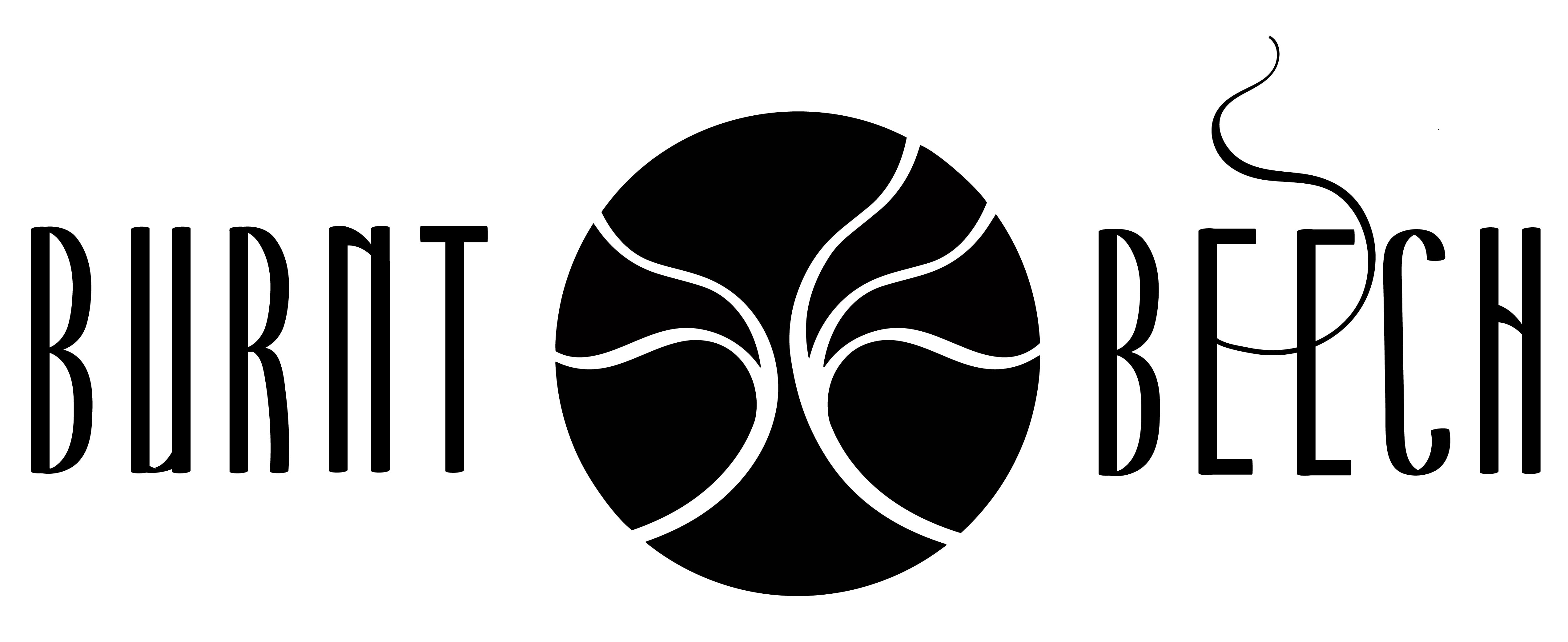Essential Oil As Incense: And How To Burn
Incense is a popular tool, used commonly amongst religious and spiritual relics, however, more and more types of people are enjoying the immense effects incense has. In this article we discuss 'Essential Oil As Incense: And How To Burn'. Read on to learn more.
.
.
1. Essential Oil as Incense
2. How to Burn Essential Oil as Incense
3. The Bottom Line |
Essential Oil as Incense
.
Essential Oil:
What is Essential Oil?
Uses of Essential Oil
How Are They Extracted?
Brief History
Incense:
What is Incense?
Incense is an aromatic biotic material that releases a pleasant, smoky fragrance when burnt. Burning plants, crafted incense, and extracts can help to freshen the air and increase spiritual clarity. Some popular incense types include: sticks, cones, coils, loose, and natural. Natural is our favourite, but why? - click here to learn more.
Uses of Incense
Incense is an ancient tool used to cleanse energy, rid bad odours, and enhance spirituality. It has a long history of use, ultimately becoming a worldwide phenomenon. Nowadays, incense is used by all sorts of people and for all sorts of reasons. Not only is it used to enhance spirituality, but more and more people burn incense to freshen their homes.
Brief History
Incense dates back thousands of years - the earliest relocation being as early as 3000 BC in India and China. The ancient Egyptians also burnt incense, especially resins, essential oils, and botanicals. Incense has a lot of sacred value - they would cleanse sacred beings, such as priests and pharaohs, with incense smoke before being mummified. This brought soul eternal fortune and protection.
.
Essential Oil as Incense... But Why?
- Myrrh
- Agarwood
- Saffron
- Jasmine
- Vanilla
- Rose
How to Burn Essential Oil as Incense
So how do you burn essential oil on an oil warmer?
Here is a step-by-step guide on how to burn essential oil as incense.
Firstly, you will need:
- One ceramic oil warmer.
- One tea light candle.
- A long lighter or match stick.
- A pourable jug of water or carrier oil.
- Your chosen essential oil/or oils.
How to burn:
1: Place your ceramic oil warmer on a heat-proof surface, out of reach from children and pets. Ensure there is nothing on or around it with the potential of catching light.
2: Place an unlit tea light candle onto the bottom ledge of your warmer, below the top surface.
3: Carefully fill the top bowl-like surface of your warmer with cool water or carrier oil (2/3rds full).
4: Place 4-10 drops of your chosen essential oil the water. If wanted, add a sprinkle/ small amount of botanicals and resin into the water for added effect.
5: Light your tea light candle with a long match stick. And enjoy for 10-25 minutes!
6: Never leave incense burning unattended. And use this time to meditate, journal, create, or relax.
7: Once done, blow out the candle and leave your warmer cool (for around 30 minutes).
8: Once cool, reuse and refill the left over oil and water. Or soak the remaining incense up with a specified sponge (separate from dishes) or paper towel. Then discard. Now you can wash you warmer and leave to air dry.
The Bottom Line
To conclude this article on 'Essential Oil As Incense: And How To Burn', burning essential oils is a great solution to healthy incense cleansing. They are fresh, healing, and full of variety. A must-try!

